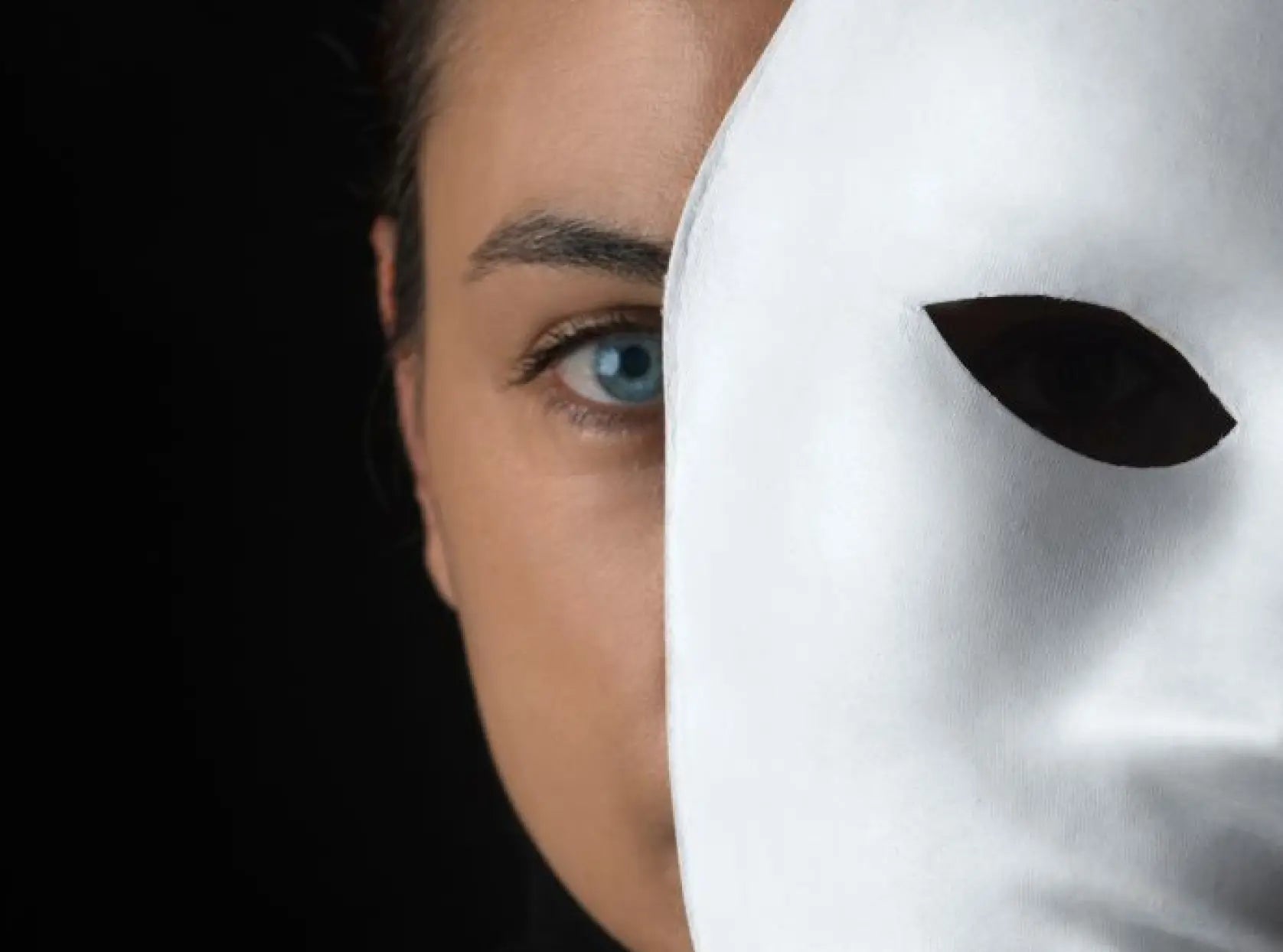Subscribe to our Newsletter
Receive our weekly newsletter, updates, and promotions, to your inbox.

Couples often approach us with inquiries regarding the intriguing shifts they observe in their autistic partners as their relationship evolves over time. We have found a significant factor at play—camouflaging. Camouflaging emerges as a pivotal concept in understanding these transformations, shedding light on the intricacies of autistic individuals’ interactions within relationships.
Camouflaging, a multifaceted adaptive mechanism, becomes an integral part of the lives of many autistic adolescents and adults. It serves as a bridge between their inherent neurodivergent traits and the expectations of a predominantly neurotypical world. The essence of camouflaging lies in the pursuit of social acceptance, establishing connections, and attaining recognition from others. Moreover, it functions as a defence mechanism, shielding autistic individuals from the potential harm of bullying, abuse, and exclusion.
Autistic individuals engaging in the dating landscape often utilise camouflaging as a means to forge and maintain long-term connections with their non-autistic partners. This dynamic strategy involves consciously or unconsciously masking certain autistic traits to create a smoother interpersonal experience. Consequently, the non-autistic partner might remain oblivious to their significant other’s underlying autistic characteristics until the relationship solidifies further.
The journey of an autistic individual navigating the labyrinth of dating while employing camouflaging can be likened to a delicate dance of self-expression and accommodation. This intricate dance revolves around finding the equilibrium between revealing authentic selfhood and adhering to societal norms. The result is often an evolving portrayal of identity, one that is shaped by the interplay of neurodiversity and the desire for emotional intimacy.
Camouflaging can give rise to a profound sense of disconnection from one’s true identity, as the need to conform to societal norms overshadows genuine self-expression. The suppression of innate behaviours, interests, and sensory experiences can foster feelings of isolation and alienation. Over time, this erosion of authenticity can have a cascading effect on self-esteem, self-worth, and mental well-being. Struggling to maintain the illusion of “fitting in” can lead to a sense of internal fragmentation, where the constant balancing act between true self and societal expectations becomes a relentless burden.
In the context of relationships, the interplay of camouflaging and authentic expression introduces a dynamic layer that deserves recognition. The gradual unveiling of an autistic partner’s true self represents a unique narrative of vulnerability and trust-building. This revelation, when it transpires, can lead to a deeper understanding between partners, fostering empathy, open communication, and mutual growth.
It is imperative to acknowledge that the complexity of camouflaging in relationships underscores the need for open conversations. Couples are encouraged to engage in sincere dialogues about neurodiversity, individual needs, and the impact of camouflaging on both partners. Such discussions can facilitate a more profound appreciation of each other’s journeys, bolstering the foundation of the relationship and fostering an environment of genuine acceptance.
In part 2 of this blog, we will delve further into camouflaging in relationships. “The Impact of Camouflaging on Relationships” and how embarking on a shared journey of self-discovery and acceptance, couples can create a relationship where authenticity thrives, empathy flourishes, and both partners can truly flourish as their authentic selves.
We created two masterclasses, Diagnosis for Autistic Girls and Women and Support and Therapy for Autistic Girls and Women. Many girls and women miss out on identification of their autism because of camouflaging. In our first masterclass, we share insights to assist in the diagnostic process to differentiate and recognise autism from other conditions. In the second masterclass we provide information about how to support autistic girls and women, including how to discover and unveil the authentic self, managing difficult emotions, and thriving in friendships and relationships.